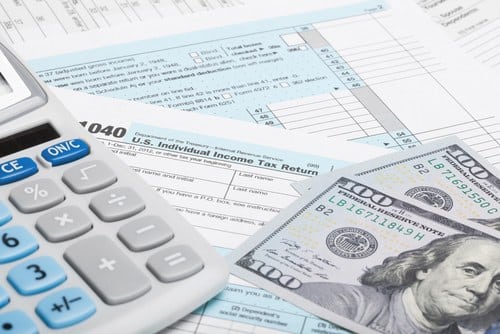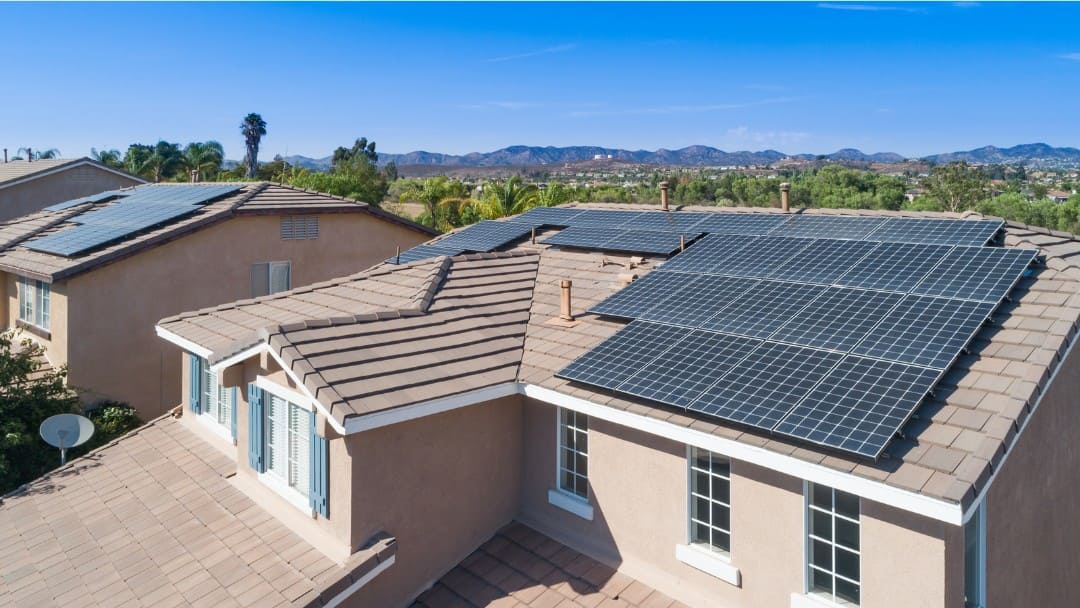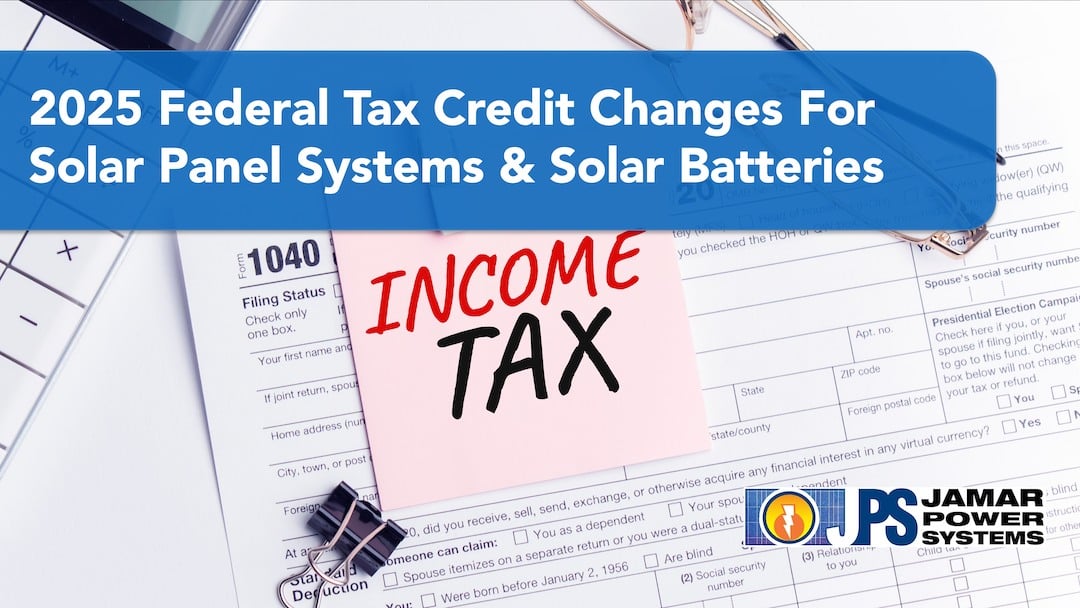⚠️ 2025 Solar Tax Credit Changes: What Homeowners and Businesses Need to Know
The new 2025 budget law—officially H.R. 1, dubbed the “One Big Beautiful Bill”—was signed into law by President Trump on July 4th.
Among its sweeping changes: major rollbacks to federal solar tax credits for both residential and commercial projects.
Here’s what the bill actually does, what deadlines matter, and what it means for you.
🏡 Residential Solar Tax Credit
Residential Solar Tax Credit (Section 25D) Ends December 31, 2025
If you’re a homeowner planning to go solar, this is your final year to claim the 30% federal tax credit.
There is no phase-out or reduced credit in 2026.
The credit is completely eliminated for residential clean energy projects (like rooftop solar, battery storage, heat pumps, EV chargers) starting January 1, 2026.
To qualify, your system must be purchased by 12/31/2025—no exceptions.

Commercial & Utility-Scale Solar (Sections 48 & 48E)
Still available—if you move quickly
Commercial solar projects can still qualify for the Investment Tax Credit (ITC), but the window is closing fast.
Here’s what the new law says:
To receive the tax credit, construction must begin within 60 days of July 4, 2025 (i.e., by early September 2025).
Projects must also be placed in service by December 31, 2028 to qualify.
After these deadlines, no commercial solar tax credits will be available.
This applies to solar farms, utility-scale systems, commercial rooftops, and other large-scale installations.
Important: Consult your tax advisor for exact details and requirements.

Key Deadlines You Need to Know
Homeowners must have their residential solar systems fully installed and operational by December 31, 2025 to receive the full 30% federal tax credit.
After that date, the residential credit is gone entirely—there’s no step-down or grace period.
For commercial and utility-scale projects, construction must begin no later than early September 2025 (within 60 days of the bill’s signing).
Systems must also be placed in service by December 31, 2028 to qualify for the credit.
Miss either of those milestones, and you miss the credit.
Important: Consult your tax advisor for exact details and requirements.

⚠️ Final Thoughts
This bill ends the IRA’s long-term solar incentives and puts a hard deadline on the federal support homeowners and businesses have relied on for years.
If you’ve been considering solar power for your home or business, 2025 is your final opportunity to take advantage of the full federal tax credits.
What You Should Do Now
🏠 Homeowners:
Schedule your solar installation ASAP to meet the 12/31/25 deadline.
Waiting even a few months could result in longer losing the ability to be imstalled and operational by Dec 31.
🏢 Businesses & Developers:
Lock in your project plans and break ground before early September 2025.
Make sure your system is placed in service by end of 2028 to qualify for any remaining incentives.
📞 Contact Jamar Power Systems today to secure your tax credit and start your solar journey before the door closes.
Disclaimer: We are not tax advisors. This article is designed to provide basic information on the 2025 HR1 federal tax credit changes for solar energy systems and solar batteries. You should use this information as a point of reference rather than as a guide for financial or tax guidance. We are not responsible for its accuracy. Consult your tax advisor for exact details and how they apply to you.
- 2025 Federal Tax Credit Changes For Solar Panel Systems & Solar Batteries - July 8, 2025
- How Solar Batteries Work - March 4, 2024
- Solar Battery or Generator for Emergency Backup Power? - January 30, 2024




